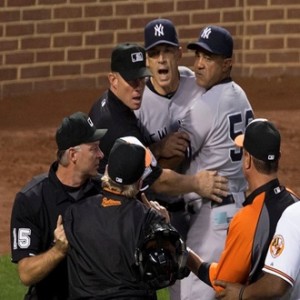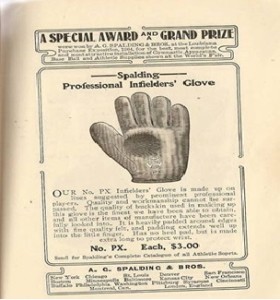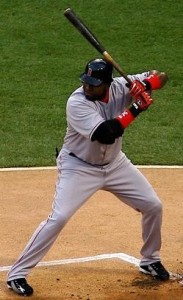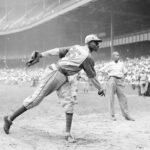Baseball Survived These 5 Changes — It Will Survive Instant Replay, Too
A baseball manager is having a meltdown and starts yelling before he even leaves the dugout. He leaps onto the field, gesturing wildly, and strides across the field until his face is inches away from the ump’s. He may toss his hat in disgust, shout some expletives and get thrown out of the game. The manager meltdown is a revered baseball tradition, but instant replay could be taking it away.
In addition to using pure gut instinct to decide whether to ask for an instant replay, managers have to know which plays are the most statistically important. They don’t want to burn up their single replay on an unimportant play. Fans who love to bet on baseball will be watching just how well managers handle their instant replay strategies. It’s something that could recharge the game, just like many changes from the past have done.
Of course, baseball isn’t a sport whose fans thrive on change. Additions like gloves, batting helmets and numbered uniforms, at one time, were enough to initiate some serious fan meltdowns. Let’s take a look back at how baseball has coped with big changes in the past. If the past is the best predictor of the future, instant replay will work out just fine.
Gloves
In the 1800s, baseball players who didn’t catch with their bare hands were considered “unmanly,” according to official MLB historian John Thorn. In 1875, Charles Waitt of St. Louis wore a glove during a game, but he insisted the glove be flesh-toned so no one would doubt his masculinity. By 1890, as hand injuries piled up, most players were wearing padded baseball gloves. Today, glove manufacturers like Spalding, Wilson, Mizuno and Easton make $208.7 million per year.
Batting Helmets
The next assault on baseball player manliness came in the form of the batting helmet. By the 1900s, catchers had protective masks, shin guards and chest protectors, but no baseball batter consented to wear protective headgear. This remained true even after the 1920 death of Ray Chapman, who took a fastball to the head while standing in the batter’s box. In 1941, Brooklyn Dodgers manager Larry MacPhail insisted his team wear batting helmets, but the helmet didn’t become mandatory across baseball until 1971.
Numbered Uniforms
In 1923, St. Louis Cardinals manager Branch Rickey added numbers to the sleeves of his players to help the fans identify them. “Ridicule followed throughout the country, presswise and otherwise,” Rickey told historians later. “Because of the continuing embarrassment to the players, the numbers were removed.” Fortunately, other teams kept trying the number experiment, and now baseball players’ uniform numbers are integral to their identities. Since the Yankees retired number 4 in honor of Lou Gehrig in 1940, teams have retired over 100 uniform numbers to honor the greats of the game.
AstroTurf
In 1965, the Astrodome baseball stadium had a natural grass-covered field. However, the glare of the Astrodome’s Lucite roof quickly killed all of the grass, so for the rest of 1965, the Astros painted the dirt green. Then, Monsanto invented artificial ChemGrass for the Astrodome, which required no maintenance except to be squeegeed off when it rained. ChemGrass became known as AstroTurf, and by 1982, 10 of 26 MLB stadiums had it. Baseballs bounced faster and truer on the fake grass, which moved the focus of the game toward base stealing and speedy leadoff hitters.
Designated Hitter
When the American League changed its rules in 1973 to provide for an extra hitter to replace the pitcher in the batting order, it ushered in an era that even more than 40 years later is not embraced by everyone. Many fans still hate the DH, which was a front-office invention inspired to increase offensive production and team revenue. However, the DH had an immediate effect on baseball, shortening the game by about 10 minutes, increasing team batting averages by 17 points and adding innings to starting pitcher’s outings — after all, pitchers didn’t have to be lifted from the game because the manager wanted a pinch hitter at a crucial scoring moment.
The Final Score
The way Major League Baseball has designed the instant replay rule is nothing short of brilliant. While some fans may complain now, soon instant replay will be just another part of the game. Baseball has survived many changes. It will survive instant replay.
On-field argument image by Keith Allison from Flickr Creative Commons.
1905 Spalding baseball glove ad image from Wikimedia Commons (public domain).
David Ortiz image by SecondPrint Productions from Wikimedia Commons.

















